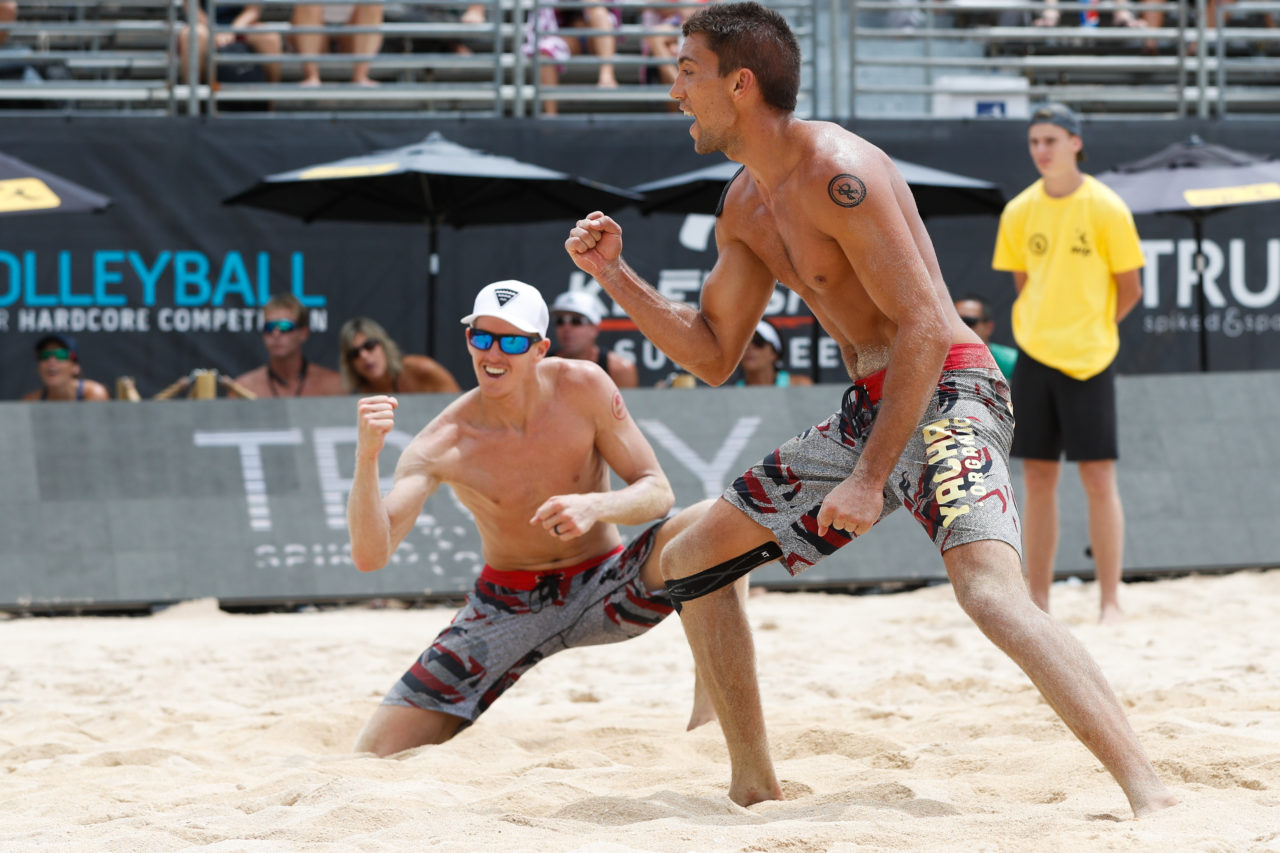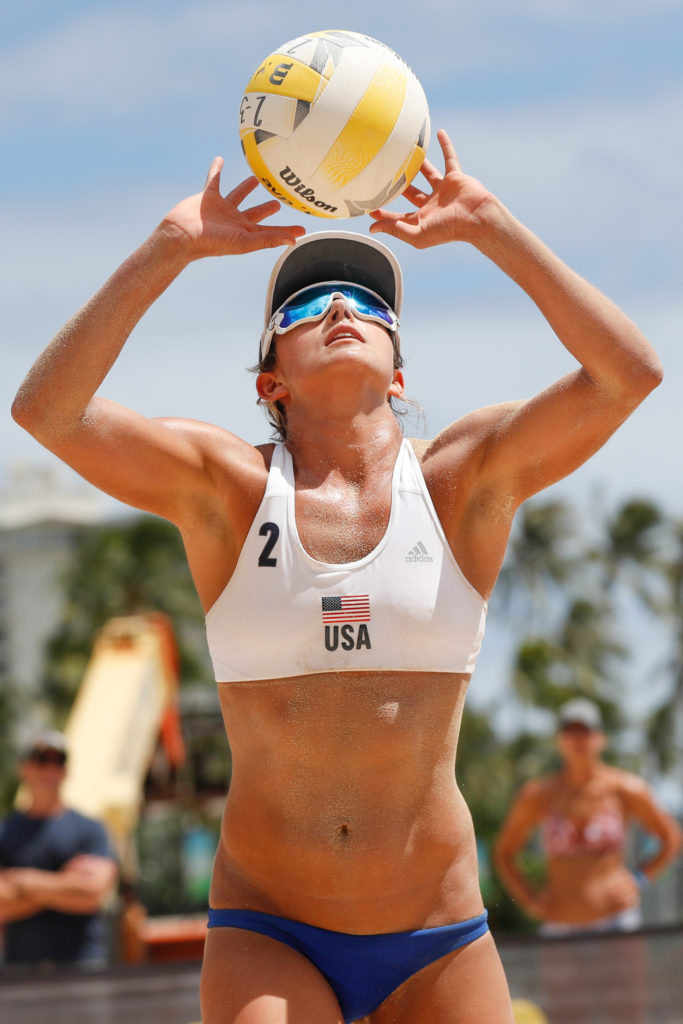In the rush to AVP glory, Jake Gibb and Taylor Crabb have sprinted to victories in the first two events.
They’re also ahead of Americans in another race, the endurance battle that culminates in being one of two teams from the United States to qualify for the Tokyo 2020 Olympics.
This competition is already underway. While Huntington Beach and Austin proved wildly successful for the AVP, many eyes were trained on events in Itapema, Brazil, and Jinjiang, China.
That’s where teams gobble up as many points as possible to move up in the FIVB world rankings, which will determine Olympic participation.
However, there is a caveat that should not be overlooked in this process. When teams qualify for the Olympics, they are merely guaranteeing their country a spot in the tournament in Tokyo. National Olympic Committees and National Federations can theoretically award that spot to any team from the country they represent. To keep it simple, let’s talk about the teams competing for that spot and leave the politics for next June, when all will be finalized.
Currently, there are 11 American teams in contention for 2020, and only one team that could repeat its qualification from Rio 2016 – Phil Dalhausser and Nick Lucena.
The veterans have tailored their schedule accordingly, having been through this four years ago. Everyone else is part of a new team, and there is one wild card in the mix (we’ll get to that momentarily).
To start with, there is one way to get an automatic bid to the Olympics: Win the FIVB World Championships, which will be held in Hamburg, Germany, from June 28-July 7.
That’s how Brazilians Bruno Oscar Schmidt/Alison Cerutti plus Agatha Bednerczuk/Barbara Seixas qualified after their World Championship victories in the Netherlands in 2015.
Gibb and Crabb rank the highest of the USA teams at the moment, with Dalhausser and Lucena a bit lower on the list.
Three more teams are in striking distance. Tri Bourne and Trevor Crabb are coming off a fourth-place finish in China; John Hyden and Ryan Doherty are in the mix; and Reid Priddy and Theo Brunner have been scooping up Olympic points, particularly from a second-place finish in Malaysia.
The wild card is Chaim Schalk, who played in Rio 2016 with fellow Canadian, Ben Saxton. However, Schalk – who has dual citizenship – chose to trade himself to the United States, and had to sit out 18 months of international tournaments. However, he will be eligible to return in October. He’s confident there will be enough tournaments with Jeremy Casebeer to gain enough points to make a run at Tokyo.
The women’s decision looks a lot tougher. April Ross (silver in London, bronze in Rio) and Alix Klineman made an emphatic statement while winning in Itapema and are currently ranked third in the world.
Sara Hughes and Summer Ross are ranked eighth and are only 400 points behind Ross and Klineman. Perhaps the surprise of the race so far is the impressive showings from Kelley Larsen and Emily Stockman, who are in their second year as a tandem.
Kerri Walsh Jennings and Brooke Sweat, who are not scheduled to play on the AVP Tour, are the No. 4 USA team, but not too far ahead of Emily Day and Betsi Flint.
If you want an outside shot, keep an eye on Kelly Claes and Sarah Sponcil. The USC-UCLA duo reached the final of the Dela Beach Open in The Hague, Netherlands in January, so they can do some damage along the way.
Aside from Walsh Jennings and Sweat, all will be present and accounted for as the AVP Gold Series opens in New York City from June 7-9. No doubt they won’t mind having a fired up crowd kick-start their Olympic chase.